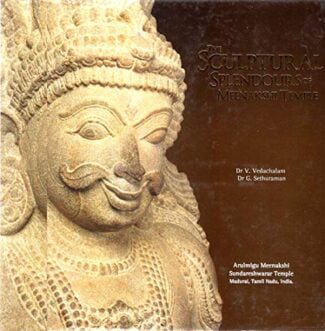
The Sculptural Splen...
The Sculptural Splendours of Meenakshi Temple
by: Dr. V. Vedachalam , Dr. G. Sethuraman₹1,100.00 Original price was: ₹1,100.00.₹990.00Current price is: ₹990.00.
ISBN: 9788193883907
Year Of Publication: 2019
Edition: 1st
Pages : 195
Bibliographic Details : Bibliography
Language : English
Binding : Hardcover
Publisher: Arulmighu Meenakshi Sundareshwarar Temple
Size: 24
Weight: 875
“The Sculptural Splendours of Meenakshi Temple” Cancel reply
- Sale!Birds and Animals in Mughal Miniature Paintings by: Zaheda Khanam
₹1,600.00Original price was: ₹1,600.00.₹1,440.00Current price is: ₹1,440.00.The depiction of flora and fauna has been an intrinsic part of Indian painting traditions. The Mughals in their turn, in their fascinating paintings, used the bird and animal imagery to lend a special quality to their art of painting. This book, with over 70 illustrations, is a survey of the birds and animals used in Mughal paintings, especially during the reigns of Emperors Akbar and Jahangir. With historical details, it shows that the depiction of various kinds of birds and animals played a significant role in conformity with the context or the demands of the narratives. The artists painted both wild and domestic animals with equal competence. Outlining the differences in the paintings under the Mughal rulers themselves with regard to depiction of fauna, it notes that while Akbar was interested in historical, mythological or anecdotal events, Jahangir introduced album paintings and evinced interest in individual portrait studies of fauna. In all, it showcases the meticulous depiction of fauna in Mughal art and its persevering beauty. It mentions the names of a host of artists who executed the paintings and the many illustrated manuscripts mythological, historical and on popular fables that saw lavish use of paintings with faunal imagery. The book will interest historians especially those studying art history of the medieval period.
- Sale!Buddhist Art of Kausambi by: Aruna Tripathi
₹2,500.00Original price was: ₹2,500.00.₹2,250.00Current price is: ₹2,250.00.The Upanishads capture the quintessence of Indian spiritual wisdom unfolding deepest, highly perceptive reflections on human existence and how it is related to the mysterious cosmos. Authored by enlightened seers over the period of 1500-200 bc., the Upanishadic message is a magnificent vision that raises human consciousness to sublime heights. One of the major centres of Buddhist art in ancient times, Kausambi provides evidence of an uninterrupted art tradition spanning centuries. Pointing to the scant attention Kausambi has received from scholars in the past, this work attempts to highlight its art treasures through a study of its stone sculptures. Based on scrutiny of stone sculptures found at various sites in Kausambi and its vicinity and housed in different museums, it presents perhaps the first extensive documentation of the Buddhist art of the region from the Mauryan to post-Gupta period. It examines in detail over 300 stone sculptures, paying special attention to their iconographic features, types of stone, techniques of carving, grinding and polishing and their aesthetic appeal. All this comes with a background throwing light on the history of Kausambi and its association with Buddhism, the early archaeological explorations in the region, and the individuality and uniqueness of Kausambi art as compared to Mathura and Sarnath schools. The book presents over 225 black-and-white and over 50 coloured photographs of Buddhist sculptures which are neatly classified and systematically analysed. It would prove invaluable to scholars and students of Buddhist art.
- Sale!Artisans and Craftsmen of Northern India by: Kuldeep Singh Thind
₹1,100.00Original price was: ₹1,100.00.₹990.00Current price is: ₹990.00.The basic aim of the book is to expose the major contributions of artisans and craftsmen in portraying the society in different perspectives. These artisans and craftsmen, were drawn mostly from the shudras, lower caste of the community, suppressed and have-nots section of the society, but were highly talented. The work is also designed to create interest among the reader and scholars alike, to understand the society of the period under reference through the immortal art of these creative people. The artisans such as potters, weavers, carpenters, architects, sculptors, brick-makers, metallurgy and metal workers, leather workers, painters, and the workers engaged in the profession of ivory, glass and mirror, perfume and cosmetic, musical instrument, oil, salt and liquor makers, etc. were the heroes of that time, who not only met the day-to-day requirement of the then society, but also portrayed different aspects of their life, in its true color, through their workmanship. It was the architect who designed and constructed houses to live in, as well as water tank, well and channel, royal building, stupa, temple and fort, bridge, pillar and rock-edict etc., which met the need of the society.
Today, we feel proud of the rich heritage of old Indian art and architecture, credit for which solely goes to the then artisan who crafted immortal creations. However, the invaluable contribution made by the historians in immortalizing their creations, by putting them in black and white, is no less important. It is the historian, whose mighty pen has immortalized not only Ashoka the great, as a king but also the creators of the stupas of his times on equal footings. It is with this aim in view that the present book has been presented to the posterity, in order to pay rich tributes to the creators of our rich cultural heritage.
Unluckly there was no proper institutionalized provision for the education of artisans and craftsmen, so generally the former adopted the occupation of their parents and hereditary skill was enhances as it was transferred from father to son, and generation to generation. Contemporary sources reveal that the social stautus of artisan class was based on the nature and economic conditions of a particular profession. - Sale!Absence of the Buddha Image in Early Buddhist Art by: Kanoko Tanaka
₹1,500.00Original price was: ₹1,500.00.₹1,350.00Current price is: ₹1,350.00.It is next to impossible today to even think of Buddhism without the presence of the Buddha image! The image of the Buddha, in truth, has not only come to symbolise the essence of Buddhism but is also a brilliant expression of the cultural/artistic achievements of the Buddhists since ancient times. Surprisingly, the Buddha image developed at a later stage of the evolutionary process; after the parinirvana of the Buddha, the Buddhists for a considerable time beheld the Buddha and experienced him in their own minds without taking recourse to the Buddha image itself. In Absence of the Buddha Image in Early Buddhist Art, Dr. Tanaka, a well-versed scholar, has for the first time ever explored the absence of the Buddha image in Buddhist art particularly in the period from third century bc to late first century ad in order to rediscover the significance of this phenomenon. Dr. Tanaka observes Bharhut and Sanchi sculptures to point out the most essential motifs and elements of stupa-art design the visible facts pertaining to the absence of the Buddha image. The author studies the religious, philosophical, artistic and political significance of the visible facts, highlighting the concept of the empty throne as the motif representative of that absence. She applies the empty throne concept to the sanctuaries of monotheistic religions, and thus undertakes a comparative study of Buddhism and other religions, particularly, Zoroastrianism, Judaism, Christianity, Islam and Sikhism to suggest that present-day discussions on the linkage between religions can centre on this theme. The dexterous handling of the topic combined with the authors use of first-hand research material makes this an erudite study. The directness in the authors approach and the unwavering eye on the theme sustains the interest throughout. An abundance of visual material, i.e., drawings and photographs, and tables immensely aid in analysis of the visible facts. This intense work on a rich theme offers well-researched and interesting material that will be useful to scholars of religious studies, fine arts and even philosophy.
- Sale!Akbar, The Aesthete by: Indu Anand
₹4,800.00Original price was: ₹4,800.00.₹4,320.00Current price is: ₹4,320.00.Mughal miniatures are a vivid account of the cultural, sociopolitical scenario of the Mughal era. Jalal-ud-Din Muhammad Akbar, the most powerful Mughal emperor, was a great aesthete and promoter of arts. Eminent Persian and Indian artists thronged his Royal Studio and were encouraged to paint numerous emotive miniatures of style and substance, communicating highly complex narratives. These miniatures are a beautiful manifestation of human expressions, vividly encapsulating moments of history for posterity.
This book combines the sources and methodology of history and art history of the Mughal era, and is an analysis of a select group of paintings of Akbar’s reign. The miniature paintings incorporate a wide variety of rich, vibrant and varied themes, ranging from durbar scenes, depicting Akbar in different moods and forms, the princes and nobles in their finery, hunting and battle scenes, elaborate scenes of royal births, construction scenes, ascetics, common man, and countryside scenes, to the flora and fauna. Individual analyses of these miniatures, shows the manner of their composition and the inherent value of their sociocultural content in a lively manner. These paintings became a passion and a diversion for Akbar, who had an innate aesthetic sense.
However, there are hardly any true-to-life paintings of women of the royal seraglio. This book thus attempts to cover some images of femininity, whether it is of Queen Alanquwa, Akbar’s mother, or of Madonna as sacred mothers, and women, per se, in different roles. These miniatures make one wonder how much these women contributed to the life of Mughal India.
This unique volume, having given transliteration and translation of the original Persian text of the miniatures, provides an insight into Akbar as an aesthete, and will help academics and laymen alike in appreciating the beauty and history of Akbar’s period.



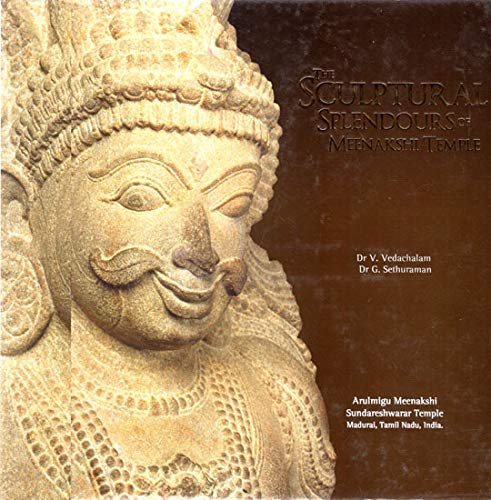
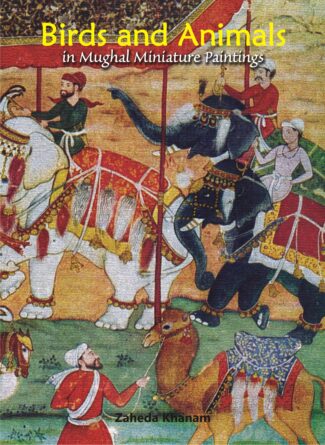
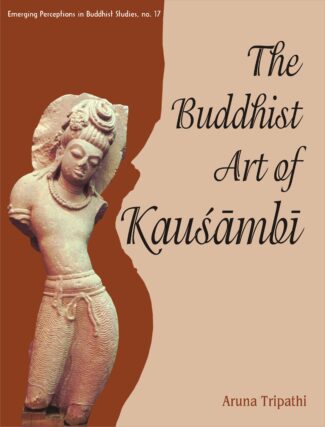
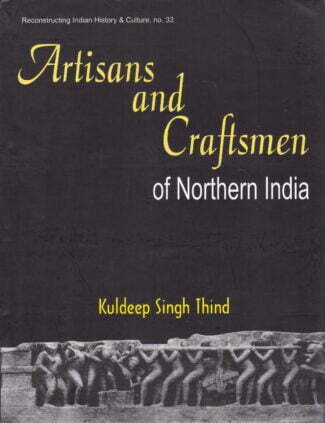
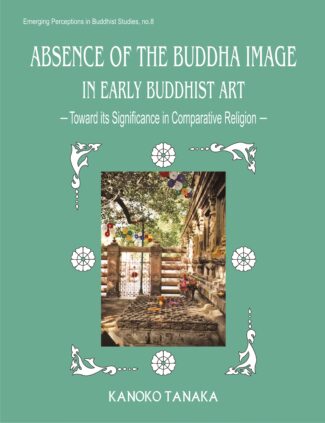
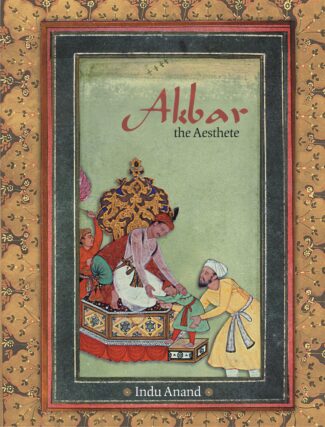
There are no reviews yet.